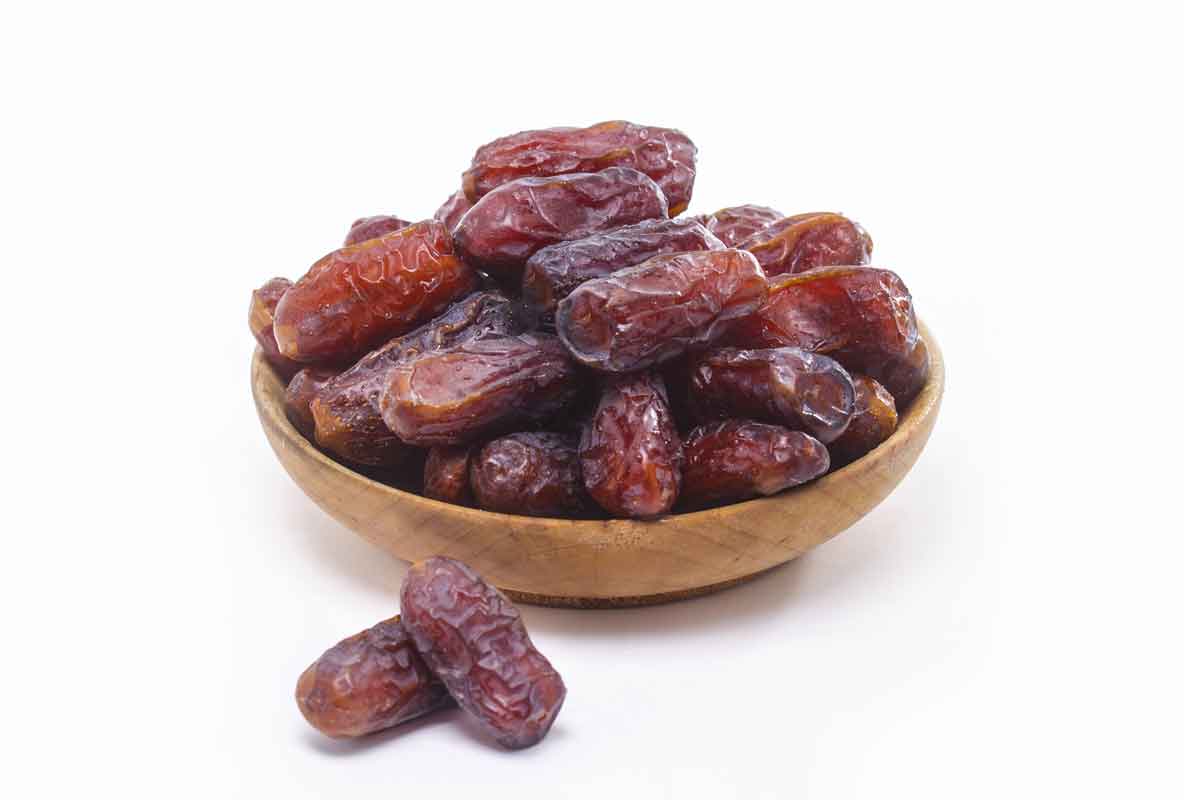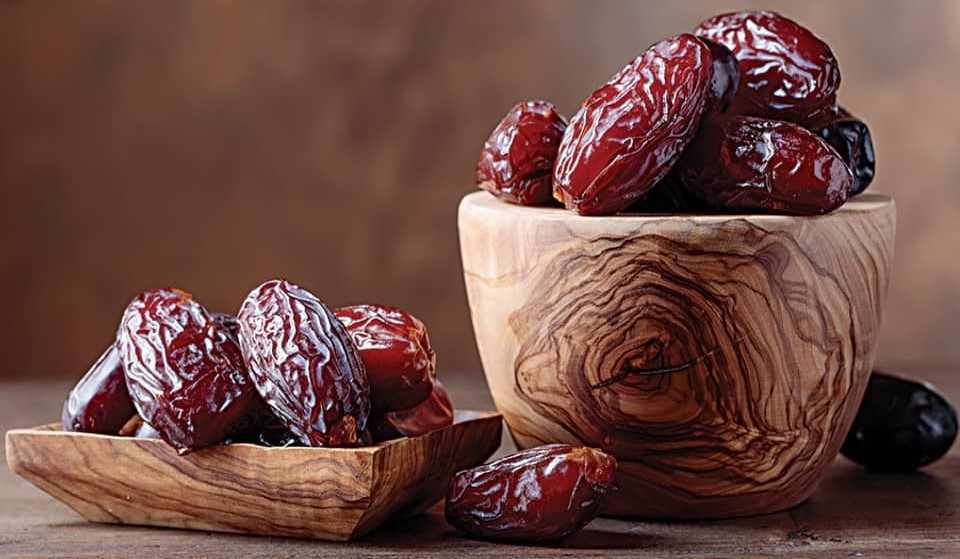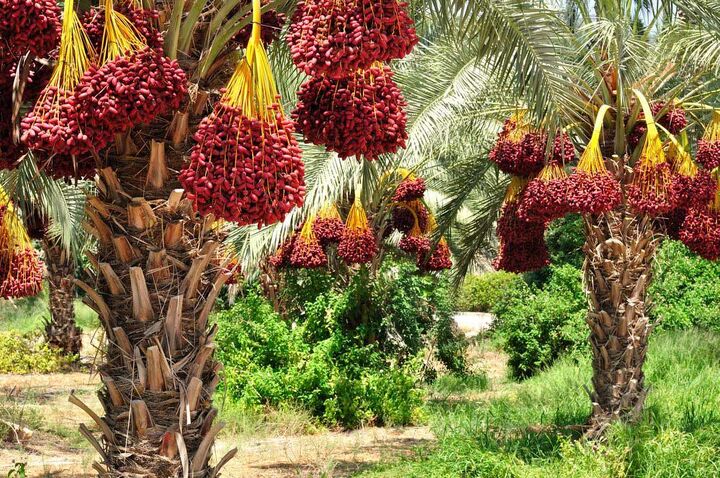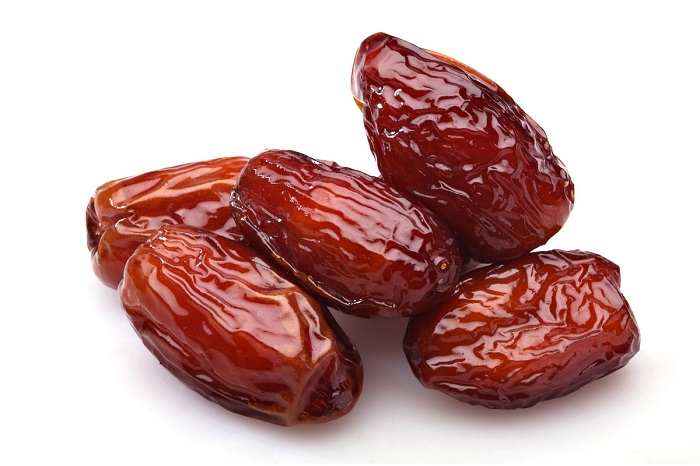Dates, the dried fruits of palm trees, have graced the culinary scene for centuries, with their sweet and nutritious nature making them a beloved treat worldwide. Among the many date varieties, Iranian dates stand out for their exceptional quality, unique flavor profiles, and historical significance.
Iranian Date Cultivation: A Thriving Industry
Iran boasts an extensive date palm cultivation history, dating back to ancient civilizations. With over 1.7 million hectares devoted to date palm cultivation, Iran is the world’s second-largest date producer, after Egypt. The country’s diverse climate and soil conditions provide an ideal environment for growing various date varieties, each contributing its unique characteristics to the culinary landscape.
Types of Iranian Dates: A Spectrum of Flavors
Iranian dates offer a diverse range of flavors, textures, and appearances, showcasing the country’s rich agricultural heritage. Among the many varieties, here’s a comprehensive overview of some of the most popular and esteemed Iranian dates:
1. Mazafati: Renowned for their soft, chewy texture and rich, honey-like flavor, Mazafati dates are the most celebrated Iranian date variety. They have a deep black color and are typically semi-dry, with a moisture content between 15% and 35%. Their sweetness and delicate aroma make them a versatile ingredient in various dishes, from desserts and pastries to salads and smoothies.
2. Zahedi: These elongated, amber-colored dates are prized for their unique combination of sweetness and tartness. They have a firm texture and a distinct citrusy flavor, making them a popular choice for snacking or incorporating into various recipes. Zahedi dates are known for their versatility and adaptability to a wide range of culinary creations.
3. Piarom: With their long, slender shape and dark brown color, Piarom dates exude elegance and sophistication. They have a velvety texture and a balanced sweetness, with a hint of floral notes and subtle hints of smokiness. Piarom dates are often used in confections, pastries, and desserts, adding a touch of luxury and refinement.
4. Kabkab: These large, round dates are known for their crispiness and intense sweetness. They have a slightly wrinkled appearance and a golden-brown color. Kabkab dates are often used as a snack or added to various desserts, where their sweetness and crunchiness add a delightful contrast to other ingredients.
5. Sayer: These medium-sized dates have a semi-dry texture and a sweet and tangy flavor. They have a slightly elongated shape and a dark brown color. Sayer dates are a popular choice for snacking and adding to various dishes, from salads and smoothies to baked goods and desserts.
6. Shahani: These plump, elongated dates are known for their intensely sweet flavor and a hint of astringency. They have a slightly sticky texture and a deep black color. Shahani dates are often eaten as a snack or added to desserts, where their sweetness and unique flavor profile shine.
7. Kali: These large, oval dates have a slightly wrinkled appearance and a dark brown color. They have a firm texture and a sweet flavor with a hint of acidity. Kali dates are often used as a snack or added to various desserts and pastries.
8. Lulu: These small, round dates have a soft, sticky texture and a sweet and tangy flavor. They have a dark brown color and are often used as a topping for salads, ice cream, and other desserts.
9. Khassui: These large, oval dates have a slightly wrinkled appearance and a deep black color. They have a firm texture and a sweet, caramel-like flavor. Khassui dates are often used in confections and baking, where their sweetness and rich flavor elevate various dishes.
10. Medjool: Often considered the “king of dates,” Medjool dates are prized for their large size, soft texture, and incredibly sweet flavor. They have a deep red or amber color and are typically semi-dry. Medjool dates are a popular choice for snacking, adding to desserts, and incorporating into various culinary creations.
These ten Iranian date varieties showcase the country’s rich agricultural heritage and the diverse flavors that the date palm can produce. From the soft sweetness of Mazafati to the intense tartness of Zahedi, each variety offers a unique culinary experience, making Iranian dates a true treasure trove for date enthusiasts worldwide.
Nutritional Powerhouse: A Wealth of Health Benefits
Beyond their culinary appeal, Iranian dates are renowned for their impressive nutritional profile. They are a rich source of fiber, potassium, iron, and vitamins, making them a healthy and energizing snack. Fiber, in particular, contributes to digestive health and promotes gut regularity, while potassium regulates fluid balance and supports muscle function. Iron aids in oxygen transportation throughout the body, while vitamins support various bodily processes.
Cultural Significance: A Symbol of Hospitality and Celebration
In Iranian culture, dates hold a special place, serving as a symbol of hospitality and generosity. They are often offered as a welcome gesture to guests, and their presence at celebratory occasions is widely considered auspicious. Dates are also used in traditional Iranian desserts, confections, and herbal remedies, further solidifying their role in the country’s culinary heritage.
Iranian Date Cultivation: A Sustainable Practice
Iranian date cultivation emphasizes sustainable farming practices, ensuring the long-term viability of date palm orchards. Traditional farming methods, such as intercropping and organic pest control, are employed to conserve resources and protect the environment. These practices contribute to the sustainable production of high-quality Iranian dates for generations to come.
Conclusion: A Culinary Legacy
Iranian dates, with their rich history, diverse varieties, and exceptional quality, have earned a place as a culinary gem among the world’s date producers. From their sweet and nutritious nature to their symbolic significance in Iranian culture, Iranian dates continue to captivate the taste buds and hearts of individuals worldwide. As Iran continues to excel in date production, we can expect to see the continued popularity and appreciation of these delectable fruits for years to come.







This article was incredibly informative! I learned so much and appreciate the depth of research that went into it.
kissbet